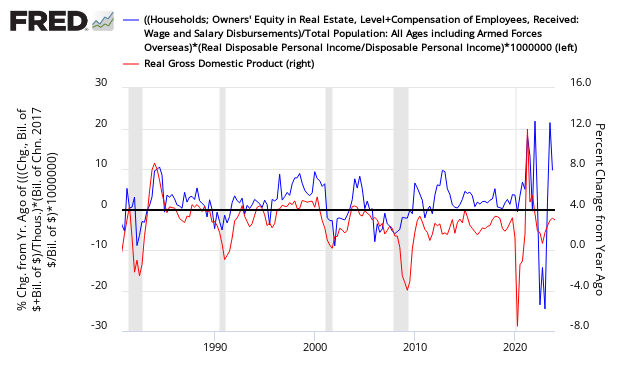 A Federal Reserve data release (Z.1 Flow of Funds) for 3Q2013 provides insight into the finances of the average household – and our beloved “Joe Sixpackâ€. Our modeled “Joe Sixpack†– who owns a house and has a job, and essentially no other asset. We have also modeled a Joe who has financial assets whom is called “Middle Manâ€.
A Federal Reserve data release (Z.1 Flow of Funds) for 3Q2013 provides insight into the finances of the average household – and our beloved “Joe Sixpackâ€. Our modeled “Joe Sixpack†– who owns a house and has a job, and essentially no other asset. We have also modeled a Joe who has financial assets whom is called “Middle Manâ€.
Â
You may ask why this analysis is important? It looks at the financial health of the average consumer – and in a consumption based economy, it measures the dynamics effecting the consumer.
What is concerning is that the 35% of Americans who have no home or assets are no better off – and have no path to consume more.
First, from the Z.1 Flow of Funds report, what was shown about Household Net Worth and Growth of Domestic Nonfinancial Debt. Cumulative Household net worth grew, while cumulative household debt only marginally grew.

The Joe Sixpack Index
The Joe Sixpack Index is a composite index of home prices and wage income. This index was designed to measure how rich Joe should feel. The theory is that the richer Joe feels, the more Joe will spend.
- The data in this index is only updated every three months, and the data was updated with the release of the Federal Reserves Z.1 Flow of Funds.
- It is inflation and population adjusted.
- Currently, Joe has a house that is increasing in value – but his income in inflation terms is not growing. The net affect is that the index has declined in 4Q2013 – and would indicate Joe is not feeling he is richer (blue line in graph below). If Joe is not feeling richer, it is unlikely spending can increase.
Joe Sixpack Index (blue line, left axis) shown against GDP (red line, right axis)
The Middle Man Index
The middle class household with financial assets and real estate assets is Middle Man. AFederal Reserve Publication shows the percentage of households owning various financial assets. Other than real estate, Middle Man holds transaction accounts (checking – 1% of all financial assets) and retirement accounts (roughly estimated by Econintersect at 25% of household financial assets).


